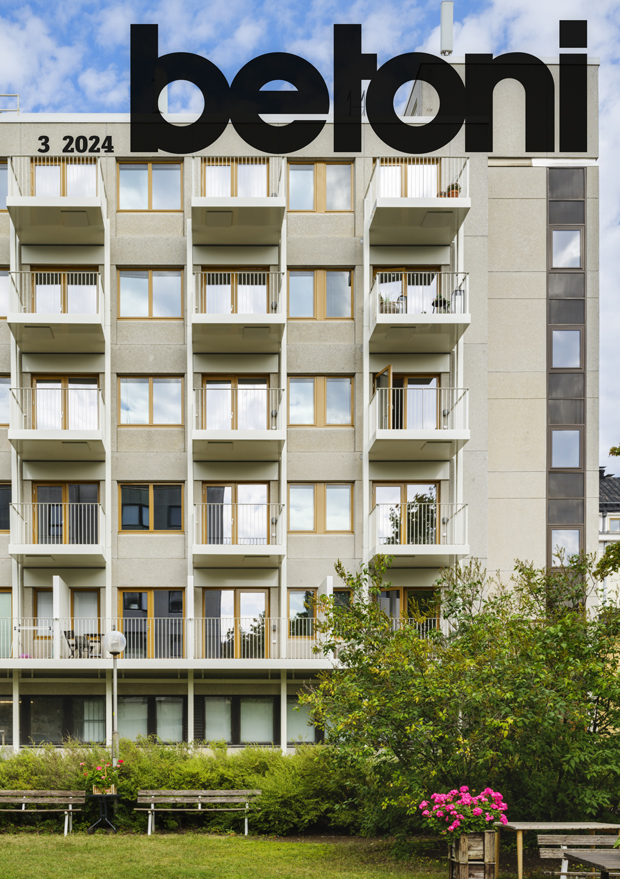In English | Issue 3/2021
Preface: Research paves way towards emission-free concrete

As far as concrete construction is concerned, we are living in interesting times. Economy is peaking, which is reflected in the availability of work force as well as in the prices of building materials. A recession has been expected to arrive over a longer period, but the speed just keeps picking up. The markets cannot continue to grow for ever, but it has become increasingly more difficult to make forecasts.
Decarbonisation is a focal topic for every concrete builder. Not that it hasn’t been talked about for the past 20 years. Now we are finally putting our money where our mouth is. Indeed, more has happened in the past year than during the previous 19 years put together.
Liberation from COVID-19 is the third interesting issue. It remains to be seen how it will affect the need for office buildings or urbanisation, for example. Pouring concrete will not take place remotely even in the future, but a lot of good things have emerged during the pandemic.
A new five-year endowment for concrete research has just started at Aalto University. The investment of the concrete sector in research is received in a very positive manner at the University. Aalto University has in the same context also updated the research thematic on concrete engineering. In the future, research will focus on the utilisation of digitalisation on one hand, and on the development of low carbon concrete, on the other hand. The aim is to be able to monitor the filling ability and air volume of concrete automatically directly from the mixer and also from the concrete mixer truck. With low carbon concrete, the focus of research is on the extensive utilisation of blended cements. In addition, the changes introduced in binders make it necessary to study durability properties. The classification of low carbon concretes is being developed in an ongoing project. It will be possible already in the near future to choose lower carbon alternatives for concrete in building projects.
New solutions will be found now that the low carbon quest has been launched. The future vision is for cement clinker to be burned using zero emission electricity and CO2 emissions from manufacture to be recovered. Also, aggregates will be produced by crushing rock underneath the concrete station. This brings emissions from concrete close to zero. True, this will not happen within the next five years, but all the required technology already exists.
The concrete sector already suffers from a shortage of labour force and there is no relief to the situation in sight. More efficient usage of international students would offer one small possibility. Students need to be encouraged to invest more in Finnish language studies and companies could, for their part, be more flexible in their language requirements.
Jouni Punkki, Professor of Practice, Concrete Technology, Aalto University




